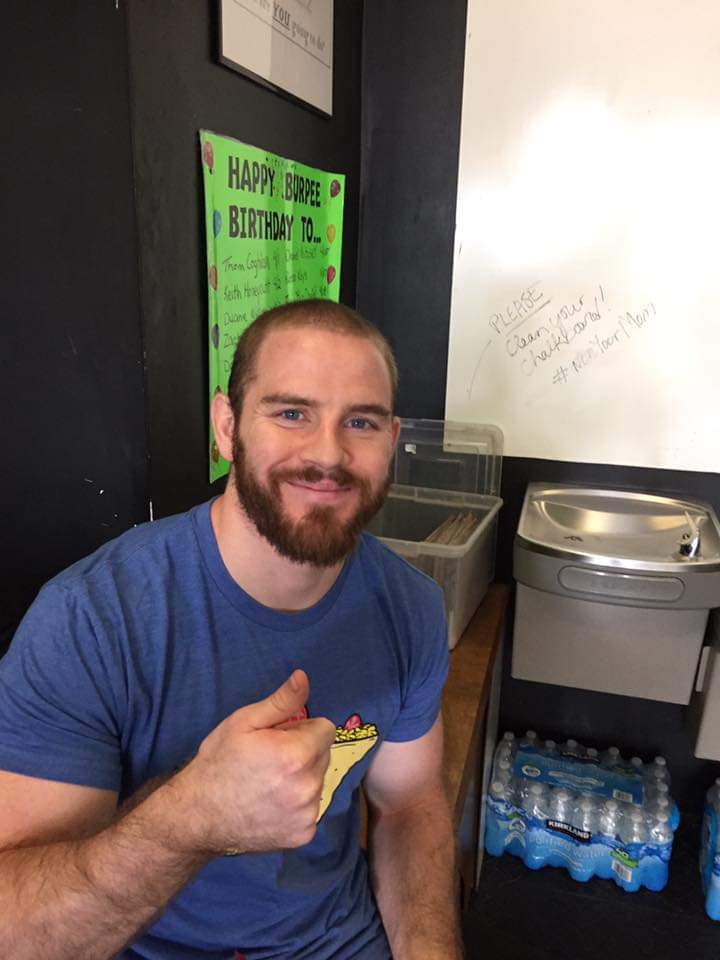We are truly blessed to live in a country that offers so many everyday amenities that it is a rarity for us to be all that uncomfortable. Let’s take the various objects we sit in on a day to day basis, for example. Whether it’s at home lounging, at work typing on computers, or even driving to and fro we have a nice comfy spot to set ourselves. I mean, heck, even when we’re going to the bathroom we now have the option for taller toilets that don’t make us sit as low to the ground. Ok, given, the toilet doesn’t really seem to fit in the “comfortable” category, but there is a common thread between them, the ultimate first world problem, we have ceased to use the full range of motion for which our bodies were designed.
When we were children, or infants more accurately, we could sit in a full squat (read, butt to ankles) for hours and be completely comfortable. There came a point, however, when we stopped using this full range of motion. The result of this, as the old adage warned us, is that we then lost the ability to get that low in our squat. At first this doesn’t seem to be all that big of a deal, especially since, most of our everyday lives do not require the use of this full range of motion. What if they did, though? Or, what if you wanted to take a vacation to a country where a full squat was a prerequisite just to be able to use the bathroom, as it is in many Asian countries. Although, many of us may have no interest in visiting Asian countries, I am fairly certain that just about all of us have an interest in not requiring a nursing home, assisted living, or a live-in nurse, and believe it or not, a full squat that is as strong as possible is one of the best ways to avoid the need of one of those.
Admittedly, this all may sound extremely hyperbolic. But it is the truth, as one of the first things to signify the loss of independence is the inability to get yourself up and down when using the toilet. Which leads me to the ultimate point of this blog. What is your fitness regimen doing to help increase your longevity? Whether you have a personal trainer, attend group fitness classes, or create your own programming, it is essential that your workout routine takes into consideration the best way to keep you living a full and independent life for as long as possible. For the majority of us, this means we need to shift our view of fitness as not just becoming as good as we can in the gym, but how what we are doing in the gym can make us as good as possible at life. When we begin to view fitness in this way, it stops simply being about looking good naked, or the simple metrics we use in the gym to measure progress, and becomes what fitness truly is: preventative healthcare.
It is true that what we do in the gym should far and away exceed the demands everyday life will ask of you, similarly to how in athletics workouts and practices should be harder than the games themselves. Often time, though, we can become so obsessed with a singular goal that we’ve set for ourselves whether that be a new PR on a lift, or chasing a number on the scale, that our pursuit of that goal pushes fitness from being healthcare to either, one a sport, or two, a chore. As a result of this, the very thing that is supposed to keep us healthy now actually carries a higher risk of injuring us, or creating an unhealthy perception of it or ourselves. This is not to say that pursuing goals inside the gym is detrimental to your fitness, on the contrary, having goals is crucial to a fitness program, and more importantly, crucial to maintaining motivation. I simply mean to suggest a reframing of why you pursue those goals. If, for instance, your goal is to have a better, stronger deadlift, ask yourself what that goal does for you outside of the four walls of the gym? Wouldn’t that stronger deadlift benefit you any time you were required to pick a heavy object up off the ground? Or, my personal favorite example, what if you want a better, stronger squat? Having a good squat (butt to ankles), that is as strong as possible, should give you all the confidence in the world that you will be able to get yourself up and down off a toilet, right?
The problem with viewing fitness in this way, is that it’s not necessarily the most exciting. But I can tell you that as a fitness professional that while I have an overflowing of joy when a client hits a new PR in the gym, it cannot compare to the feeling of joy I have when they tell me of an accomplishment outside of the gym. Like not too long ago when one of my clients shared that they no longer needed to set down the items in their hands to make it onto their front porch, or when another client told me that they were working in their garden and because they were squatting correctly while pulling weeds they were able to work for more than twice what they usually can and were pain free while doing it. So, while fitness as healthcare may not be the most exciting concept, it certainly does allow for a fuller, healthier life.


